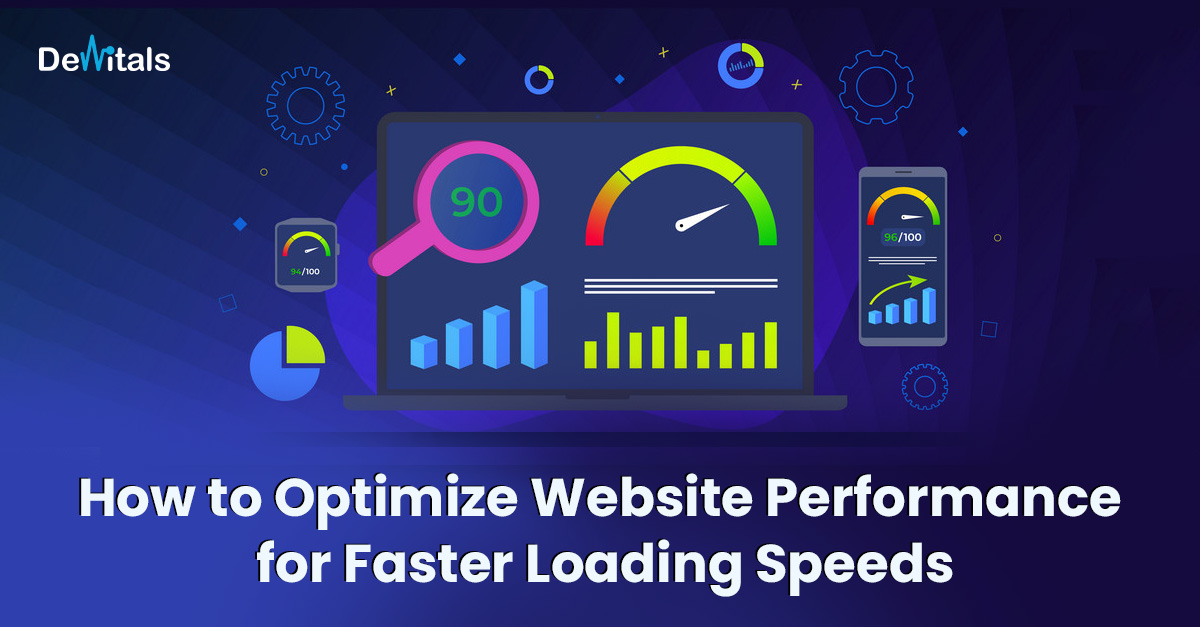In today’s fast-paced digital landscape, the loading speed of your website can make or break your online presence. With users expecting instant access to information and seamless browsing experiences, a slow-loading website can lead to frustration, high bounce rates, and ultimately, lost opportunities. This is where website performance optimization comes into play. In this article, we will explore essential strategies to enhance your website’s loading speed and overall performance.
Why Does Website Performance Matter?
Before delving into optimization techniques, it’s crucial to understand why website performance is so important. Here are a few reasons:
- User Experience: Users demand fast-loading websites. A delay of even a few seconds can lead to higher bounce rates and a negative user experience.
- Search Engine Ranking: Search engines like Google consider page speed as a ranking factor. Faster websites tend to rank higher in search results, leading to increased visibility and organic traffic.
- Conversion Rates: Faster websites often translate into better conversion rates. Users are more likely to make a purchase or complete desired actions on a site that performs well.
Strategies for Website Performance Optimization
- Optimize Images: Large images can significantly slow down your website. Use compressed and appropriately sized images to reduce load times without compromising quality. Utilize modern image formats like WebP, which offer better compression.
- Minimize HTTP Requests: Each element on a webpage requires an HTTP request. Minimize the number of elements, such as scripts, stylesheets, and fonts, to reduce load times.
- Browser Caching: Enable browser caching to store static assets on a user’s device, reducing the need to reload them with each visit. This can greatly speed up subsequent page views.
- Content Delivery Network (CDN): A CDN distributes your website’s assets to servers across the world, enabling users to access content from a server closer to their location. This reduces latency and improves loading speed.
- Optimize Code: Clean and efficient code is essential. Minify HTML, CSS, and JavaScript files to remove unnecessary characters, spaces, and line breaks.
- Reduce Server Response Time: Choose a reliable hosting provider with fast server response times. Consider using a Content Management System (CMS) optimized for speed.
- Lazy Loading: Implement lazy loading for images and videos. This technique loads only the visible content initially, deferring the loading of off-screen content until the user scrolls down.
- Minimize Redirects: Redirects add an extra layer of HTTP requests, slowing down loading times. Keep redirects to a minimum and update any outdated or unnecessary ones.
- Optimize Third-Party Scripts: Third-party scripts, such as analytics tools or social media widgets, can impact loading speed. Only use those that are essential and consider asynchronous loading.
- Mobile Optimization: A significant portion of web traffic comes from mobile devices. Ensure your website is fully responsive and optimized for mobile users.
- Monitor Performance: Regularly assess your website’s performance using tools like Google PageSpeed Insights or GTmetrix. Identify areas for improvement and track your progress over time.
- Content Prioritization: Load critical content first to provide users with a meaningful experience while the rest of the page loads in the background.
Conclusion
In the hyper-competitive online landscape, a fast-loading website is not just a luxury; it’s a necessity. Prioritizing website performance optimization can lead to enhanced user experiences, improved search engine rankings, and better conversion rates. By implementing the strategies mentioned in this article, you’ll be well on your way to creating a website that not only looks great but also performs exceptionally well. Remember, a few seconds can make all the difference in captivating and retaining your audience in today’s digital age.


